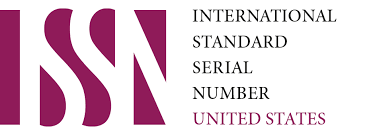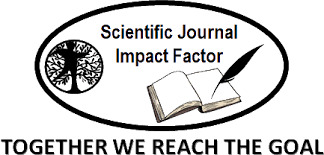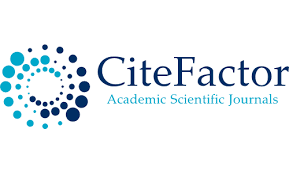On The Issue Of Language Interference At Language Levels In The Study Of A Tertiary Language
DOI:
https://doi.org/10.62480/tjpch.2024.vol37.pp87-89Keywords:
Language Interference, Tertiary Language Acquisition, Cross-linguistic InfluenceAbstract
This paper investigates the phenomenon of language interference in the context of tertiary language acquisition, focusing on how previously learned languages impact the learning of a new language. It examines interference at various linguistic levels, including phonology, morphology, syntax, and semantics, identifying common patterns and challenges faced by learners. The study explores the role of both the learner's first (L1) and second language (L2) in shaping interference patterns, considering factors such as typological similarity and proficiency levels. We analyze the impact of language interference on both receptive and productive language skills, emphasizing the need for explicit awareness strategies and targeted pedagogical interventions. The research aims to provide valuable insights into the complexities of tertiary language learning, offering implications for language teaching practice and curriculum development.
References
Yuldashev A. G. Metaphtonymy as the main cognitive mechanism in the formation of idiomatic compound
words //ANGLISTICUM. Journal of the Association-Institute for English Language and American Studies. –
– Т. 5. – №. 7. – С. 30-35.
Юлдашев А. Г. Идиоматичность узбекской языковой картины мира //Вопросы когнитивной
лингвистики. – 2020. – №. 1. – С. 130.
ЮЛДАШЕВ А. Г. The role of cognitive mechanisms in the words with transferred meanings
//Иностранные языки в Узбекистане. – 2019. – №. 3. – С. 49-54.
Юлдашев А. Г. Культурная коннотация в семантике идиоматичных сложных слов в разносистемных
языках //Вестник Московского государственного лингвистического университета. Гуманитарные
науки. – 2015. – №. 25 (736). – С. 76-84.
Downloads
Published
Issue
Section
License

This work is licensed under a Creative Commons Attribution-NonCommercial 4.0 International License.
User Rights
Under the Creative Commons Attribution-NonCommercial 4.0 International (CC-BY-NC), the author (s) and users are free to share (copy, distribute and transmit the contribution).
Rights of Authors
Authors retain the following rights:
1. Copyright and other proprietary rights relating to the article, such as patent rights,
2. the right to use the substance of the article in future works, including lectures and books,
3. the right to reproduce the article for own purposes, provided the copies are not offered for sale,
4. the right to self-archive the article.












